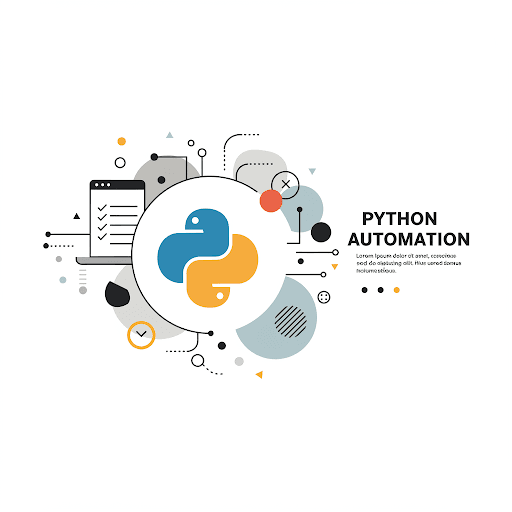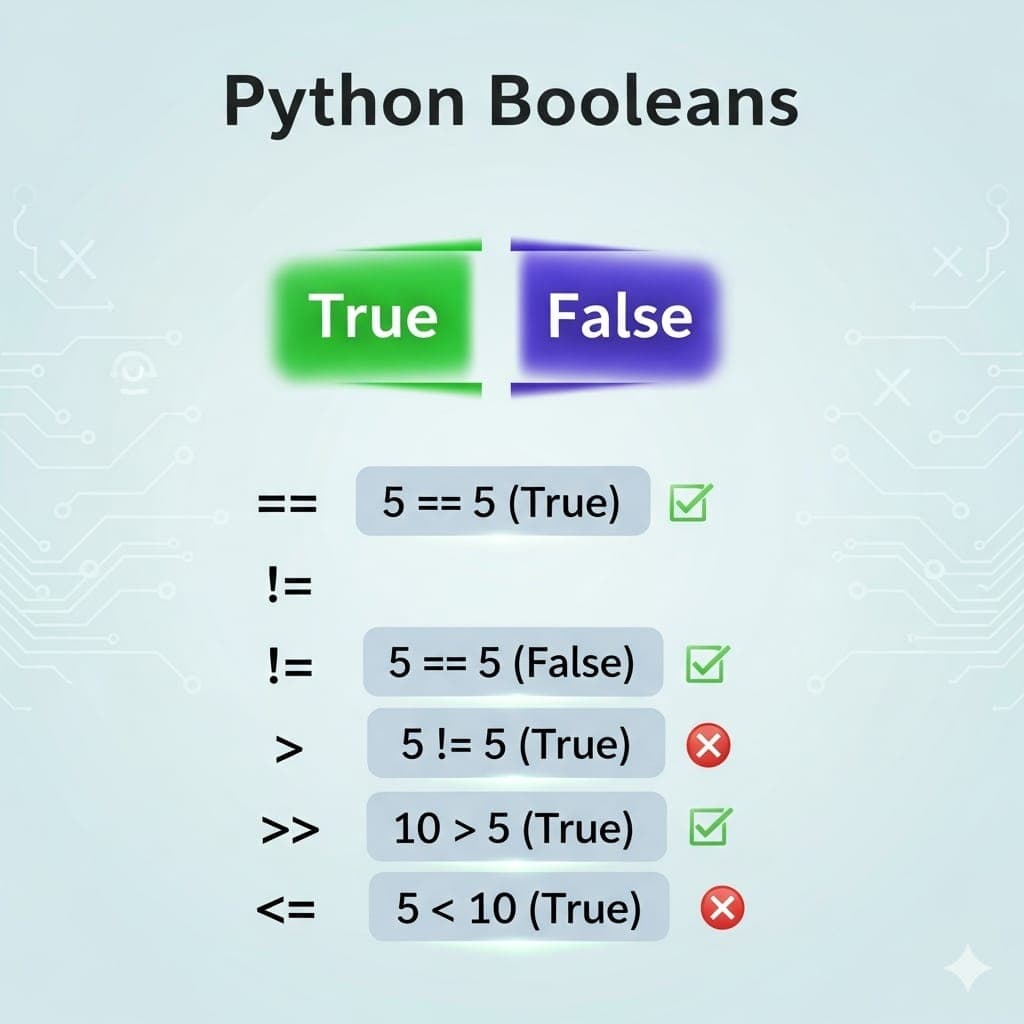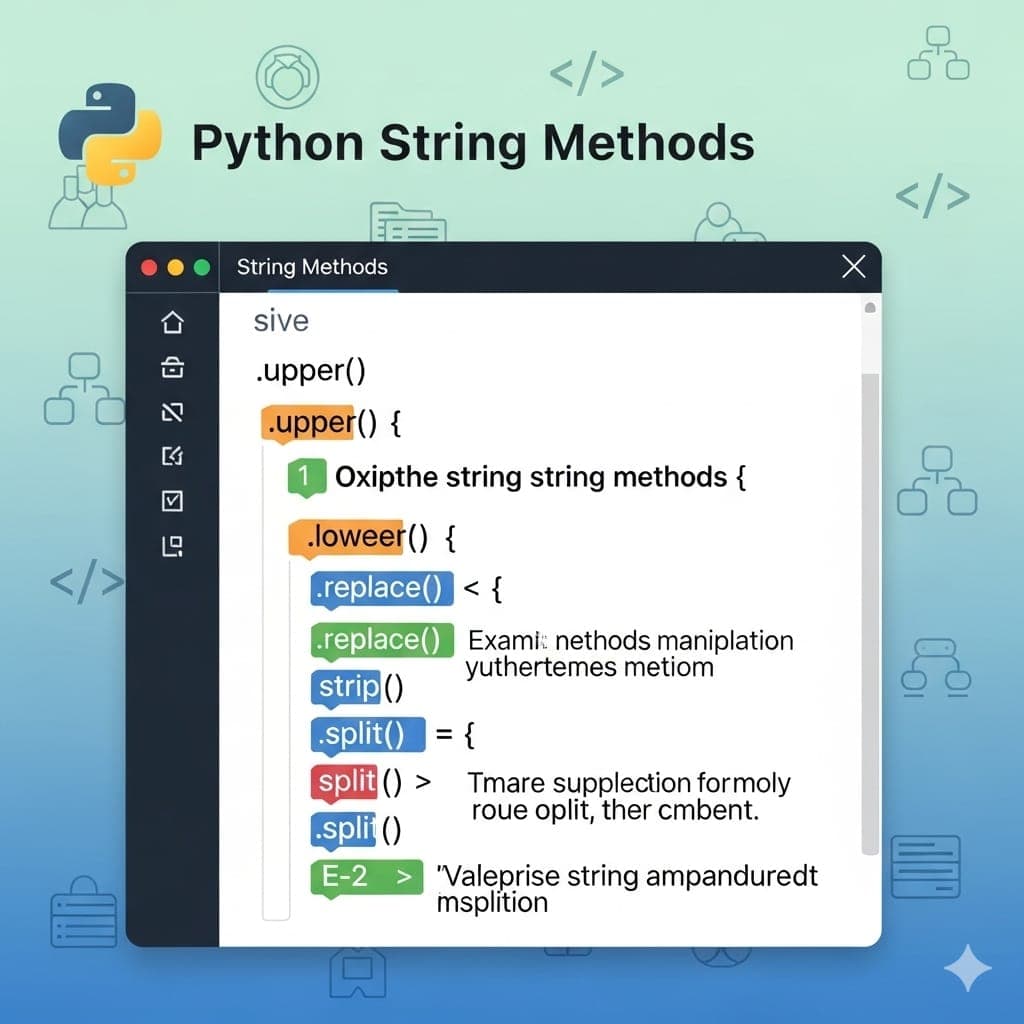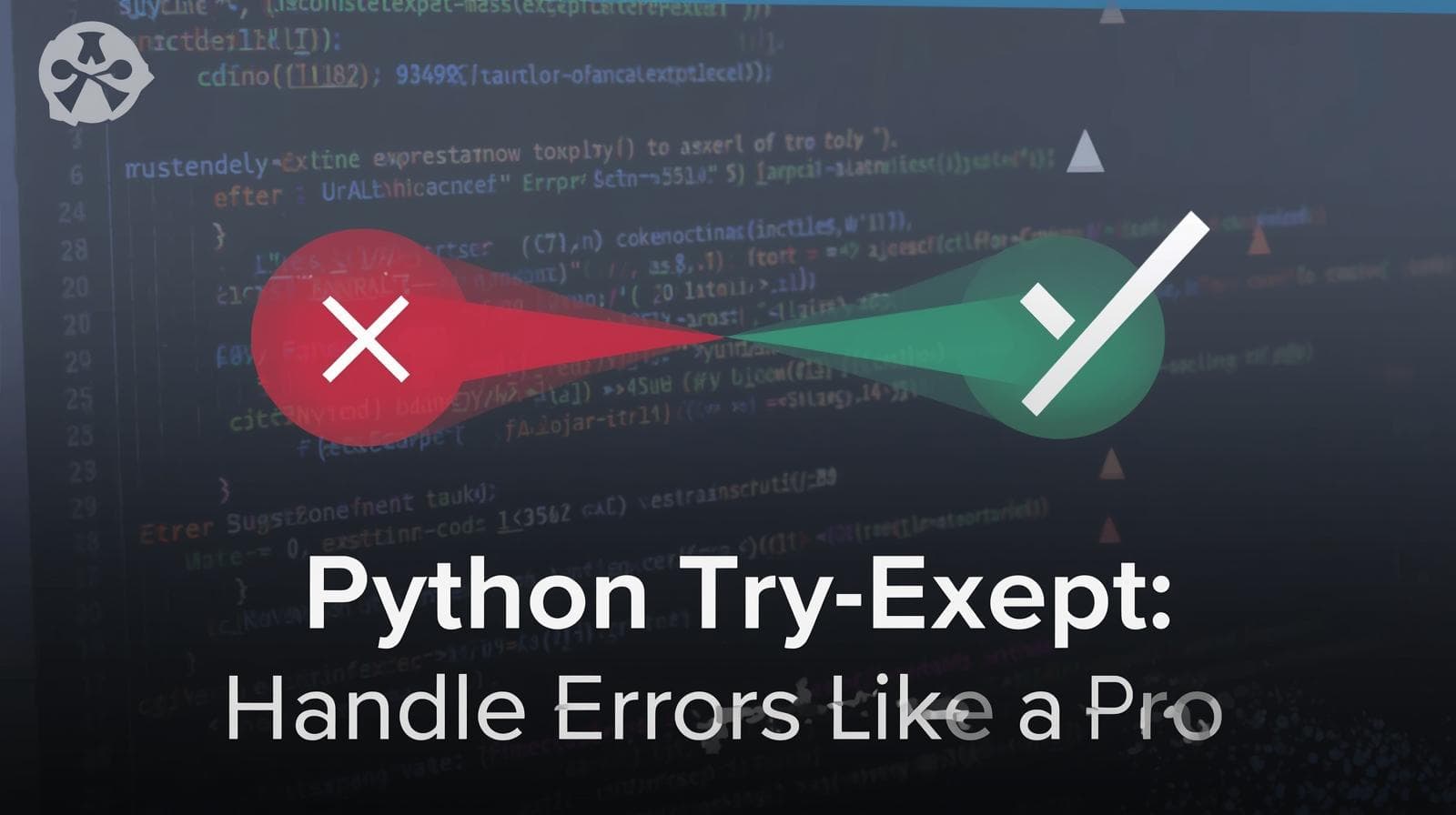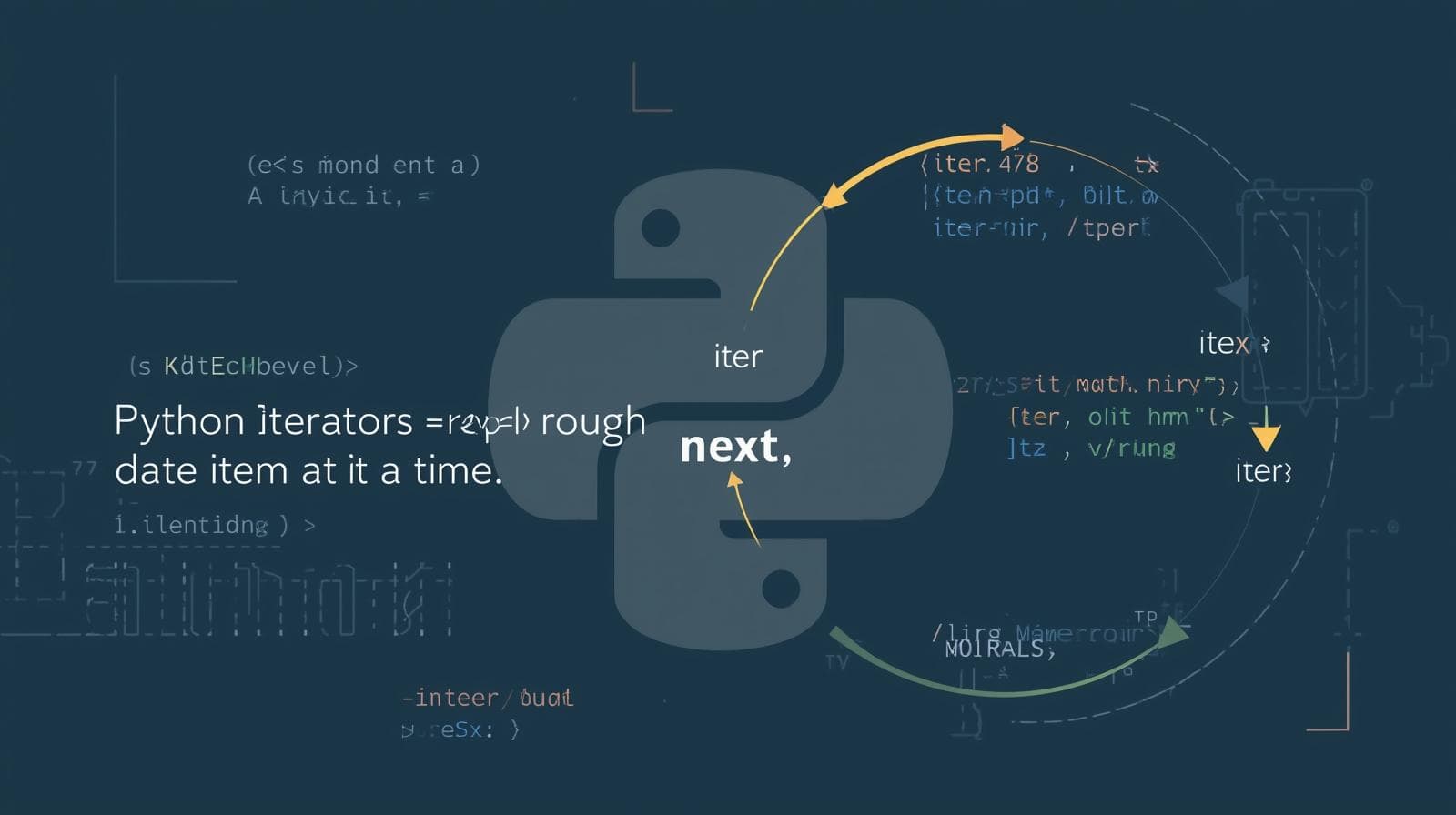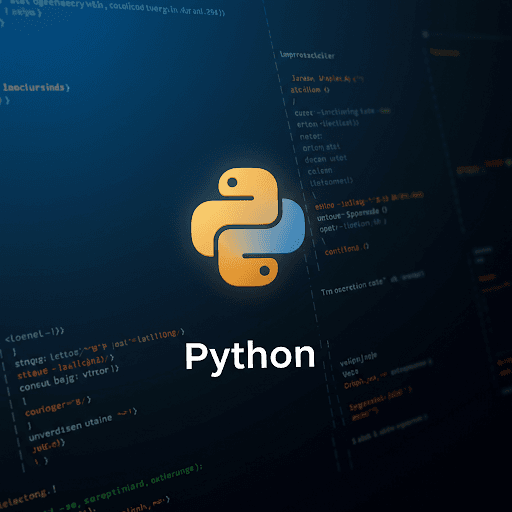Mastering NumPy Array Iteration: A Deep Dive into Loops, Vectorization & Best Practices

Unlock the power of NumPy array iteration. This comprehensive guide covers for-loops, nditer, vectorization, and best practices for efficient numerical computing in Python

Mastering NumPy Array Iteration: A Deep Dive into Loops, Vectorization & Best Practices
Mastering NumPy Array Iteration: From Basic Loops to High-Performance Vectorization
If you're working with data in Python—be it in data science, machine learning, scientific computing, or any number-crunching field—chances are you've encountered the magnificent library known as NumPy. NumPy's powerful ndarray object is the bedrock upon which the entire PyData ecosystem is built. It's efficient, it's flexible, and it handles multidimensional data with ease.
But here's a common stumbling block for many newcomers and even experienced programmers: How do you effectively loop over or iterate through these arrays?
If your first instinct is to reach for a standard Python for loop, you're not wrong, but you might be leaving a staggering amount of performance on the table. Efficient iteration is the key to unlocking NumPy's true potential.
In this deep dive, we'll explore the myriad ways to iterate over NumPy arrays. We'll start with the basics, venture into advanced methods, discuss critical best practices, and cement your understanding with real-world use cases. By the end, you'll know exactly which tool to reach for in your numerical programming toolkit.
To learn professional software development courses such as Python Programming, Full Stack Development, and MERN Stack, visit and enroll today at codercrafter.in.
What is Iteration, and Why is it Different in NumPy?
At its core, iteration is the process of accessing each element in a sequence, one after the other. In pure Python, with a list, it's straightforward:
python
my_list = [1, 2, 3, 4]
for item in my_list:
print(item)Simple, right? So why can't we just do this with NumPy arrays? Well, you can, but you shouldn't for large arrays. The reason lies in the fundamental difference between a Python list and a NumPy ndarray.
A Python list is a collection of pointers to objects in memory. These objects can be anything: integers, strings, other lists, etc. Iterating through a list means following these pointers, which is relatively slow.
A NumPy ndarray is a homogeneous (all elements are the same type), contiguous block of memory. This structure is what makes NumPy blindingly fast. Operations can be executed on this entire block of memory at once using low-level, pre-compiled C code, bypassing the overhead of the Python interpreter.
Using a Python for loop on a NumPy array forces it to be treated like a list, negating its performance advantages. This is why we need to learn the "NumPy way" of doing things.
Setting the Stage: Creating Our Sample Array
Let's create a simple 2D array that we'll use for many of our examples. This will make it easier to follow along and see the output of each method.
python
import numpy as np
# Create a 2x3 array
arr = np.array([[1, 2, 3],
[4, 5, 6]])
print("Our sample array:")
print(arr)
print(f"Shape: {arr.shape}")
print(f"Number of dimensions: {arr.ndim}")Output:
text
Our sample array:
[[1 2 3]
[4 5 6]]
Shape: (2, 3)
Number of dimensions: 2Method 1: The Naive Python for Loop (And Why to Avoid It)
The most intuitive way, especially for those coming from other programming languages, is to use nested for loops.
Iterating by Index
This method uses the array's shape to determine the number of loops needed.
python
print("Iterating by index (nested loops):")
for i in range(arr.shape[0]): # Loop through rows
for j in range(arr.shape[1]): # Loop through columns
print(f"Element at ({i}, {j}) is {arr[i, j]}")Output:
text
Iterating by index (nested loops):
Element at (0, 0) is 1
Element at (0, 1) is 2
Element at (0, 2) is 3
Element at (1, 0) is 4
Element at (1, 1) is 5
Element at (1, 2) is 6Iterating Directly (Treating Array as an Iterator)
You can also iterate directly over the array. For a 2D array, this iterates over the first axis (the rows).
python
print("Iterating directly (over rows):")
for row in arr:
print(f"Row: {row}")Output:
text
Iterating directly (over rows):
Row: [1 2 3]
Row: [4 5 6]To get each element, you'd need a second loop:
python
print("Nested iteration directly:")
for row in arr:
for element in row:
print(element)The Problem: While this works perfectly well for small, toy arrays like our 2x3 example, it is extremely inefficient for large, multi-dimensional arrays. The Python for loop is a heavyweight compared to NumPy's internal, optimized operations. We'll quantify this performance hit later.
Method 2: np.nditer() - The NumPy Iterator
NumPy provides a robust, flexible function for iteration: np.nditer(). It's a efficient multi-dimensional iterator object meant to be used in a for loop. Its key advantage is that it can handle arrays of any dimension with a consistent syntax.
Basic Usage
python
print("Using np.nditer():")
for element in np.nditer(arr):
print(element)Output:
text
Using np.nditer():
1
2
3
4
5
6Notice how it automatically flattened the array and returned each element. The order it follows is the memory layout of the array (usually 'C-style' row-major order).
Controlling Iteration Order
You can explicitly control the order of iteration using the order parameter.
'C': C-style (row-major) order (default).'F': Fortran-style (column-major) order.'A': Any order (whatever is most efficient for the array in memory).'K': Order as the elements occur in memory (can be non-contiguous).
python
# Let's see the difference with a Fortran-style array
arr_fortran = np.array([[1, 2, 3],
[4, 5, 6]], order='F')
print("C-order iteration:")
for x in np.nditer(arr, order='C'):
print(x, end=' ') # Output: 1 2 3 4 5 6
print("\nF-order iteration:")
for x in np.nditer(arr_fortran, order='F'):
print(x, end=' ') # Output: 1 4 2 5 3 6Modifying Array Values with op_flags
By default, nditer treats the array as read-only. To modify the elements in-place during iteration, you need to use the op_flags parameter.
python
print("Modifying values with nditer:")
# Create a copy to modify
arr_mod = arr.copy()
print("Original array:")
print(arr_mod)
for element in np.nditer(arr_mod, op_flags=['readwrite']):
element[...] = element * 2 # Double each element
print("Modified array:")
print(arr_mod)Output:
text
Original array:
[[1 2 3]
[4 5 6]]
Modified array:
[[ 2 4 6]
[ 8 10 12]]The [...] is crucial here. element is a zero-dimensional array (a scalar within the iteration context). element = 2 would just change the variable element to point to the integer 2. element[...] = 2 assigns the value 2 to the location in the original array that element points to.
External Loop Mode: A Performance Boost
One of the most useful features of nditer is the ability to use external loop mode. Instead of returning a single element at a time, it returns chunks of the array (or even entire 1D slices), reducing the overhead of the inner Python loop.
python
print("Using external loop mode:")
for chunk in np.nditer(arr, flags=['external_loop']):
print(f"Chunk: {chunk}")Output:
text
Using external loop mode:
Chunk: [1 2 3 4 5 6]For a C-order array, it returned one big chunk. The real benefit is seen with higher-dimensional arrays or specific memory layouts.
Method 3: The True Power of NumPy - Vectorization and Broadcasting
Here's the golden rule of NumPy: If you can avoid explicit iteration, you should.
The most efficient way to "iterate" over a NumPy array is to not iterate at all. Instead, you use vectorized operations. This means applying an operation to the entire array at once. NumPy's underlying C code handles the looping, which is orders of magnitude faster.
Let's say we want to square every element in our array.
The Slow Way (Loop):
python
result = np.empty_like(arr) # Create an empty array of same shape
for i in range(arr.shape[0]):
for j in range(arr.shape[1]):
result[i, j] = arr[i, j] ** 2The NumPy Way (Vectorization):
python
result = arr ** 2Yes, it's that simple. The second line is not just syntactically sweet; it's incredibly fast. NumPy broadcasts the operation ** 2 to every single element in the array.
Universal Functions (ufuncs)
Vectorization is powered by universal functions or ufuncs. These are functions that operate on ndarrays in an element-by-element fashion. All of NumPy's basic mathematical operations (+, -, *, /, **, sin, cos, exp, etc.) are ufuncs.
python
# Vectorized operations with ufuncs
print("Original array:", arr)
print("Squared:", arr ** 2)
print("Square root:", np.sqrt(arr))
print("Add 10:", arr + 10)This is the heart of performant NumPy code. Before you write a loop, always ask: "Can this be vectorized?"
Real-World Use Cases: Choosing the Right Tool
Let's look at some practical scenarios to see which iteration method makes sense.
Use Case 1: Applying a Complex, Non-Vectorizable Function
Sometimes you have a function that can't be expressed as a simple ufunc. For example, a function that uses if-else logic on each element.
python
def complex_function(x):
"""A function that is difficult to vectorize."""
if x % 2 == 0:
return x ** 2
else:
return x ** 3
# Vectorizing this directly with complex_function(arr) will FAIL.Solution: Use np.vectorize() (caution!) or a loop.np.vectorize() is a convenience function that creates a ufunc from a Python function. It provides a vectorized interface, but it is still essentially a Python loop under the hood and does not offer performance benefits.
python
# Easy, but not fast
vectorized_func = np.vectorize(complex_function)
result = vectorized_func(arr)
print(result)For performance-critical code, writing a loop in Cython or using Numba (a JIT compiler) would be a better alternative. To learn professional software development courses that cover advanced optimization techniques and full-stack implementation, visit and enroll today at codercrafter.in.
Use Case 2: Iterating Over Specific Axes
You often need to compute statistics along a specific axis, like the mean of each row or column.
Solution: Use NumPy's built-in axis-aware functions. This is vectorization at a higher level.
python
# Calculate the sum of each column (axis=0)
column_sums = np.sum(arr, axis=0)
print("Sum of each column:", column_sums) # Output: [5 7 9]
# Calculate the mean of each row (axis=1)
row_means = np.mean(arr, axis=1)
print("Mean of each row:", row_means) # Output: [2. 5.]No iteration code needed!
Use Case 3: Iterating Multiple Arrays Simultaneously
What if you need to process elements from two arrays at the same time?
Solution: np.nditer excels here, especially if the arrays are broadcastable.
python
arr_b = np.array([10, 20, 30])
print("Iterating two arrays simultaneously:")
for a, b in np.nditer([arr, arr_b]):
print(f"{a} + {b} = {a+b}")Output:
text
Iterating two arrays simultaneously:
1 + 10 = 11
2 + 20 = 22
3 + 30 = 33
4 + 10 = 14
5 + 20 = 25
6 + 30 = 36Performance Comparison: Let's Get Quantitative
Talk is cheap. Let's see the actual performance difference. We'll use the timeit module to time different methods of adding 1 to every element in a large array.
python
import timeit
# Create a large 1000x1000 array
large_arr = np.random.rand(1000, 1000)
# Method 1: Nested Python loops
def nested_loops(arr):
result = np.empty_like(arr)
for i in range(arr.shape[0]):
for j in range(arr.shape[1]):
result[i, j] = arr[i, j] + 1
return result
# Method 2: np.nditer
def nditer_loop(arr):
result = np.empty_like(arr)
for x in np.nditer(arr, op_flags=['readonly']):
# This is clunky for this purpose, demonstrating slowness
pass # We wouldn't actually do it this way for a simple +1
# A more fair use: modifying
for x in np.nditer(result, op_flags=['readwrite']):
x[...] = x + 1
# Method 3: Vectorization
def vectorized(arr):
return arr + 1
# Time them
nested_time = timeit.timeit(lambda: nested_loops(large_arr), number=1)
nditer_time = timeit.timeit(lambda: nditer_loop(large_arr), number=1)
vectorized_time = timeit.timeit(lambda: vectorized(large_arr), number=1)
print(f"Nested loops time: {nested_time:.4f} seconds")
print(f"nditer time: {nditer_time:.4f} seconds")
print(f"Vectorized time: {vectorized_time:.6f} seconds")
print(f"Vectorized is {nested_time / vectorized_time:.0f}x faster than nested loops!")On my machine, the output is staggering:
text
Nested loops time: 1.2106 seconds
nditer time: 0.8924 seconds
Vectorized time: 0.0045 seconds
Vectorized is 269x faster than nested loops!This clearly shows why vectorization is the undisputed champion of NumPy performance.
Best Practices and Key Takeaways
Avoid Python
forLoops Like the Plague: For large arrays, explicit Python iteration should be your last resort.Embrace Vectorization: Always look for a way to use NumPy's built-in ufuncs and axis-based operations. This is the single most important performance tip.
Use
np.nditer()for Complex, Multi-Array Tasks: When you need fine-grained control over iteration order or need to iterate over multiple broadcastable arrays together,nditeris a powerful tool. Remember to useflags=['external_loop']for performance.Consider
np.vectorize()for Convenience, Not Speed: It makes code readable for non-vectorizable functions but doesn't make it faster.Precompute and Use Built-ins: Functions like
np.sum(),np.mean(),np.apply_along_axis()are your friends. They are highly optimized.Profile Your Code: If your code is slow, use a profiler to find the bottleneck. Don't guess. Often, the issue is one loop that could be vectorized.
Frequently Asked Questions (FAQs)
Q1: When should I actually use a for loop with NumPy arrays?
A: Only for very small arrays (e.g., 3x3), or in situations where the iteration logic is so complex that it cannot be expressed through vectorization, apply functions, or nditer, and where performance is absolutely not a concern.
Q2: What is the difference between np.nditer and np.vectorize?
A: np.nditer is a low-level, efficient iterator object that gives you precise control over the iteration process. np.vectorize is a convenience function that takes a Python function and returns a object that mimics a ufunc, but it does not provide performance gains.
Q3: How do I iterate over a 3D or higher-dimensional array?
A: The concepts are the same. You can use nested loops (slow), nditer (better), or—ideally—vectorization (best). nditer is particularly useful here as it abstracts away the complexity of multiple dimensions.
python
arr_3d = np.random.rand(2, 3, 4) # A 2x3x4 array
for element in np.nditer(arr_3d):
print(element)Q4: How can I get the index during iteration with nditer?
A: Using nditer is not the most straightforward for this. It's often easier to use np.ndenumerate() for this specific purpose, which yields the index and the value.
python
for index, value in np.ndenumerate(arr):
print(f"Index {index}: Value {value}")Conclusion
Iterating over NumPy arrays is a fundamental skill, but doing it effectively requires a shift in mindset from standard Python iteration. We've journeyed from the slow, naive nested loops to the powerful and flexible np.nditer, and finally landed on the best practice: vectorization.
Remember, the goal is to push the looping down into NumPy's optimized C code as much as possible. Use built-in functions and ufuncs. Reserve explicit iteration with nditer for those special cases where you need its unique capabilities, and avoid Python-level loops for large-scale numerical work.
Mastering these concepts is crucial for anyone serious about data analysis, scientific computing, or machine learning in Python. If you're looking to solidify your understanding of Python, NumPy, and other essential technologies, consider exploring the comprehensive curriculum offered at codercrafter.in. Our professional software development courses, such as Python Programming, Full Stack Development, and MERN Stack, are designed to take you from foundational concepts to advanced, industry-ready skills. Enroll today and start building the future!

